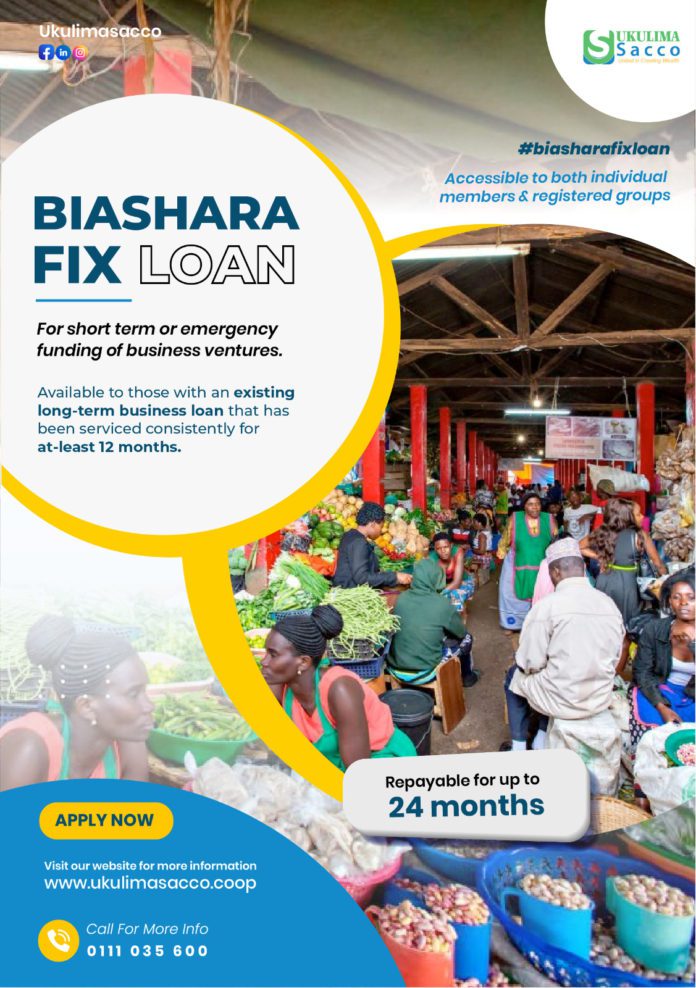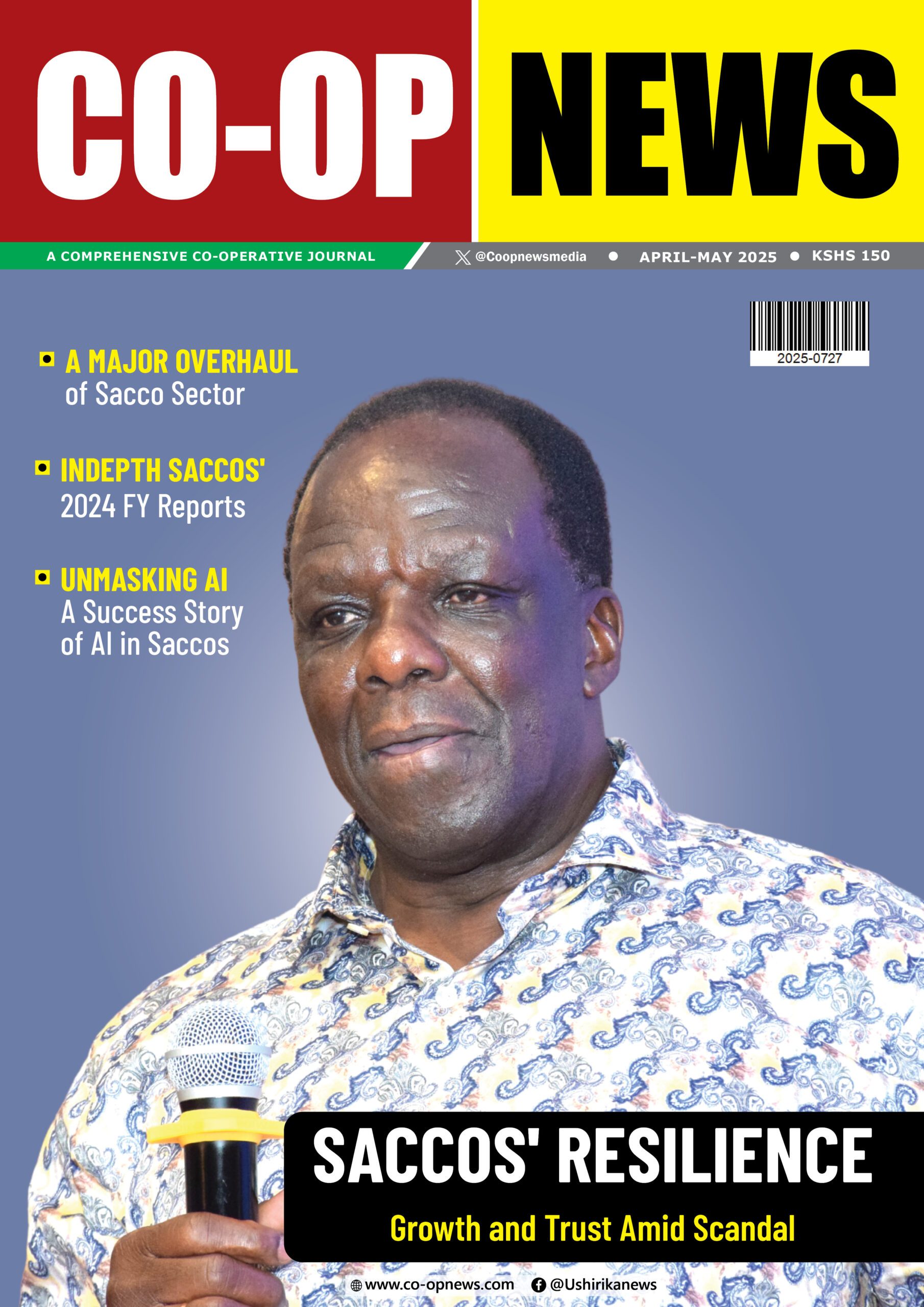The Economic Survey Report 2024 reveals significant growth in Kenya’s cooperative sector. Total assets held by Deposit-Taking (DT) Savings and Credit Cooperative Societies (SACCOs) increased by 10.2% to KSh 981.5 billion by the end of December 2023. DT Saccos have become a major player in Kenya’s financial landscape, with credit to the private sector and government rising by 11.6% and 33.3% to KSh 655.4 billion and KSh 14.2 billion, respectively, as of December 2023. The Central Bank of Kenya raised its benchmark rate to 12.50% in December 2023 to address inflationary pressures occasioned by the depreciation of the Kenyan Shilling against major currencies and high global prices, resulting in an increase in overall interest rates. Commercial banks’ average interest rate for loans rose to 14.63% in December 2023 from 12.67% in December 2022.
The capital reserves held by DT Saccos, which is the amount of money set aside to cover unexpected expenses, increased from KSh 157.2 billion in 2022 to KSh 196.6 billion in 2023. This money serves as a cushion to absorb potential losses in the future and is not used to pay dividends to shareholders.
The loan book of DT Saccos grew by 11.6% from KSh 680.4 billion in 2022 to KSh 759.0 billion in 2023. Saccos earned significantly from their core business of lending to members, with income from loans increasing by 8.2% in 2023 from KSh 98.9 billion in 2022 to KSh 107.1 billion in 2023. Additionally, income from investments grew significantly by 46.9%, from KSh 8.3 billion in 2022 to KSh 15.6 billion in 2023.
Membership in Deposit-Taking SACCOs decreased by 59,049 members to 6,420,491 in 2023 from 6,479,540 in 2022. This decline can be attributed to harsh economic conditions that prevailed in 2023, which led many members to lose their jobs, withdraw membership, or reduce their deposit and borrowing requirements from Saccos.
According to the 2024 Economic Survey, the number of SACCOS remained the same in 2023 at 359, while the number of SACCO branches decreased from 620 in 2022 to 603.
The Survey figures also indicate that Savings deposits held by DT Saccos increased from KSh 522.4 billion in 2022 to KSh 573.6 billion in December 2023.
The total number of Savings and Credit Cooperative Societies increased to 13,511 in 2023 from 12,291 in 2022.
In the agricultural sector, the dairy sector recorded the highest number of cooperative societies at 770, followed by coffee (718), sugarcane (231), fisheries (218), pyrethrum (154), farm purchase (126), and cotton (70).
The number of agricultural societies grew by 6.4%, from 26,844 in 2022 to 28,575 in 2023. During the period under review, agricultural societies engaged in coffee and sugarcane activities increased by 4.4% and 3.6% to 718 and 231, respectively.
Similarly, the number of societies in the cotton and dairy sub-sectors increased by 4.5% and 11.8% to reach 70 and 770, respectively, in 2023.
The number of agricultural unions in Kenya remained the same at 104. According to the 2024 Economic Survey, Kenya’s Gross Domestic Product (GDP) expanded by 5.6% in 2023, up from 4.9% in 2022. This growth was seen across most sectors of the economy.
The Agriculture, Forestry, and Fishing sector experienced a 6.5% growth in 2023, a significant improvement from the 1.5% contraction in 2022, thanks to favourable weather conditions throughout the year. Other sectors that contributed to the positive growth included Information and Communication (9.3%), Transportation and Storage (6.2%), Financial and Insurance (10.1%), Real Estate (7.3%), and Accommodation and Food service activities (33.6%).
However, the Mining and Quarrying sector saw a 6.5% contraction due to reduced production of minerals like titanium and soda ash.
Agriculture remained the leading sector in 2023, accounting for 21.8% of the total GDP. The service activities contributed 61.3% of the GDP, while industry-related activities comprised 16.9%.
Looking forward to 2024, Kenya’s economy is expected to remain strong, supported by a robust services sector and a positive outlook for agriculture due to anticipated adequate rainfall. Additionally, a decline in global commodity prices is expected to reduce production costs.





